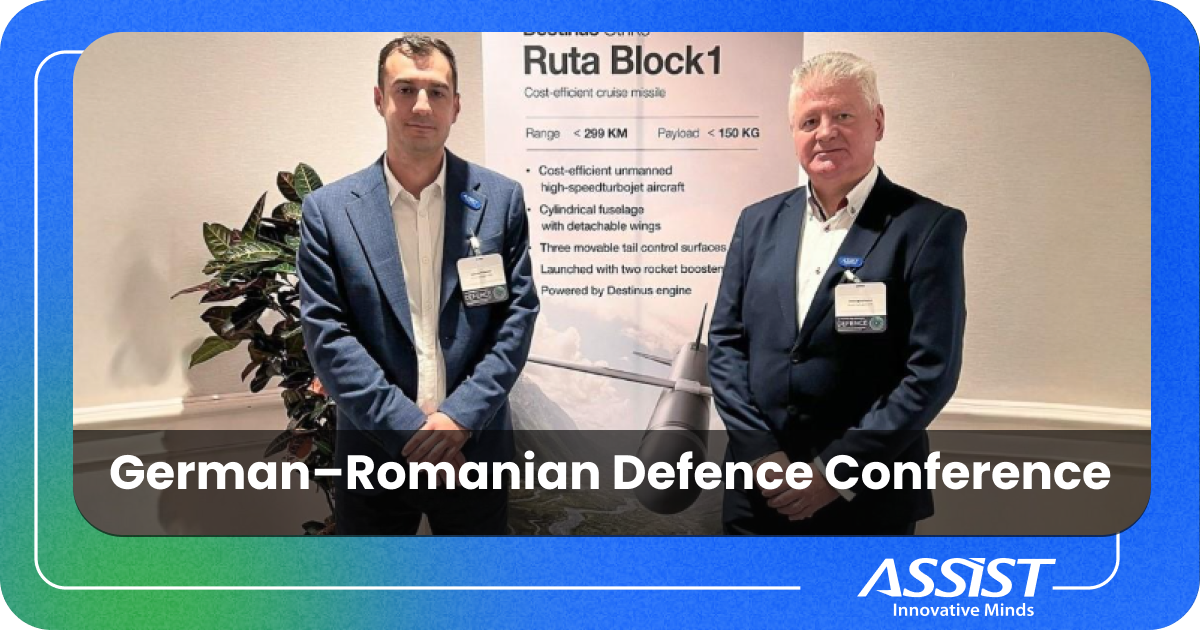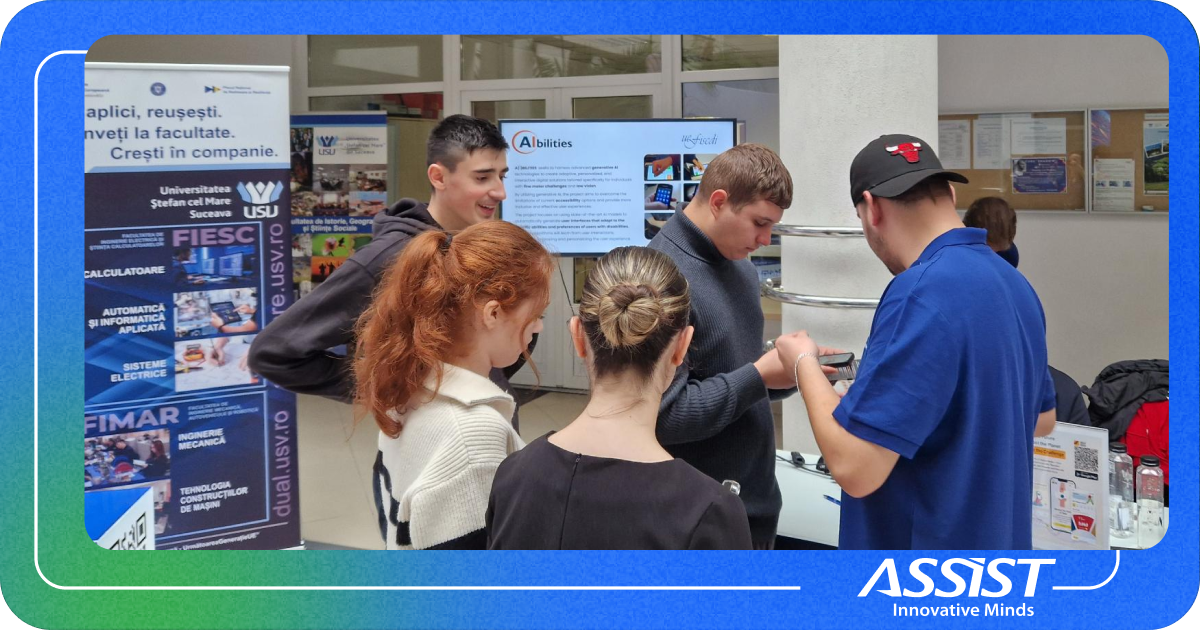25H @USV Hackathon

In 19th – 20th of November 2015 was held the second edition of the contest named 25h@USV. “What is this contest about?”, you may ask. This hackathon, organized by University “Stefan cel Mare” of Suceava(USV), is a contest aimed at students enrolled at the Faculty of Electrical Engineering and Computer Science which want to demonstrate their technical and creative abilities in a limited time frame and with a defined subject chosen by the jury.
The time allocated for this contest was of 25 hours, as the name suggests, in which four teams of three students had to unleash their creativity and develop a software and some hardware components that would fit the contest subject.
For me, Alexandru Nistor, and my colleagues: Alexandru Boca and Valeriu Popa, we saw in this contest an opportunity to develop new skills and learn about new technologies, so we enrolled without any hesitation. Also, me and Alexandru Boca, had experience from the past edition of 25h@USV that took place in October 2014 and were determined this year to get first prize.
We had the opening ceremony at 9.00 A.M. on the 19th, in Atrium E Building at USV, where the jury, formed by Annette MOSSEL and Christian SCHONAUER, announced the subject of the hackathon and the requirements that each team had to achieve in order to win this contest. Then we were taken to our workbenches and at 10.00 A.M. the same day and we started to work on our project. The contest ended on the 20th at 11.00 A.M. when all the teams presented their projects to the jury, professors and the audience that was present. After judging was finished, the jury announce the winning team.
The contest requirements evolved around the Microsoft Kinect v2 sensor were the following:
- Scan the human body and map it to a 3D skeleton or character in real-time
- Manipulate the digital world, as we see it, using the Kinect sensor
- Create an electronic device to provide haptic feedback when the 3D body interacts with the virtual world
The first point described above was mandatory for each team in order to be eligible for judging, so after a few hours into the contest a team abandoned because they were unable to tackle the first mandatory task.
Me and my teammates allocated the first hour and a half of the contest to plan how we were going to approach each task and how we were going to divide the work between us. After careful planning and appraisal, we started to work on our ideas.
But as in all contests, we had big problems with some hardware components that would make up our tactile feedback system which cost us a lot of time and nerves. Also having to use the Kinect sensor and having to generate a 3D world, our laptops started to malfunction because of the hardware requirements that were over our laptops.
After managing some workarounds to be able to use everything within manners, we started pretty late to work on our ideas.
We created a 3D room, in which the mapped body would have to interact with three tables. Each table was assigned to have an individual behavior.
1. The left table was assigned to take us to a Photo Gallery, where we could swipe between photos using just our hands as input from the Kinect sensor.
2. The right table was assigned to open a digital paper, which contained a presentation about the creators of the project
3. The front table was assigned to take us to an integrated internet browser, where we could scroll up and down the page using gestures as input from the Kinect sensor.
As the software part was being developed, the electronic device was being constructed as well. For the feedback system, we prototyped a Bluetooth glove that had mobile vibrating motors connected to an Arduino board, so that every time the 3D body interacted with the tables, it would receive a tactile feedback.
As a bonus to the project, we added a push notifications module. When the 3D character interacted with one of the tables we would send a notification to our mobile phones and smart watches (iOS and Android) making the user aware that he is about to use a specific application in our 3D world. An example notification is:” Captain Obvious say’s: You are about to use the Photo Gallery”.
After 25 hours of hard work, stress, and a lot of coffee we achieved our tasks and the jury and everyone who was present at the demonstration were delighted and amazed with our final product and the jury awarded us 1st place.
The contest was a qualification to another contest, Laval Virtual a 30 hour hackathon in France, but we didn’t know about the qualification until the end of the contest.
We were also satisfied with our project, and as my colleague Alexandru Boca said:” A good challenge is always welcomed. What we do isn’t just to accomplish the tasks on paper, but to do something amazing in IT. We put passion in what we do.” I think the contest was a good way to take my teams friendship to the next level and learn to trust ourselves even if we are tired and our judgment is a bit clouded.
I’m proud of my team and I hope we’ll still be together as a team at next edition of 25h@USV, but until then Laval, France be aware… ASSIST Team is coming!



